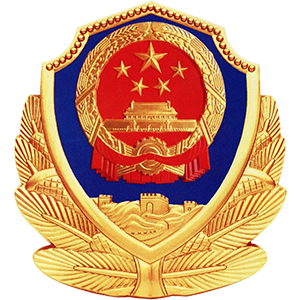热力学理论与空化现象
Thermodynamics on Cavitation
-
摘要: 有关空化现象的理论研究大多建立在1917年由Rayleigh[1]开始的,后由Plesset等人发展起来的单个空泡运动理论的基础上.该理论仅从流体动力学的某些观点出发,考虑了力的作用,对诸如水下爆炸等问题的讨论,无疑是合适的.由于忽视了空泡生长或消失过程中气、液两相间的物质交换及能量转化,因此对空化现象的讨论则认为是不完备的. 本文主要从热力学观点.分析高速水流中的空化现象、空泡形成条件、空化数以及讨论空化模型实验的相似性问题.Abstract: Many studies on cavitation phenomena were based on the theory of single huhble motion which was first put forward by Rayleigh in his 1917 article and later developed by Plesset et al.[1]By this theory,only some effects of forces were taken into consideration from hydrodynamics leaving out any thermodynamical effects such as matter inter-change between liquid and gaseous phases. Strictly speaking, the theory map be suitable for discussing expansion or/and contraction motion of a bubble formed in liquid,but this theory does not cope with cavitation behaviors in general. In this paper,the cavitation conditions and similarity problems are discussed with thermodynamic effects taken into consideration in addition to the hvdrodvnamic ones.
-
[1] Lamb, H.,Hydrodynamics(1924),114-115. [2] Knapp, R. T.,J, W. Daily and F.G. Hammitt,Cavitatation (1970).76-77. [3] Hammitt, F. G.,Cavitation and Multiphase F'lozv Phenomena(1981),144-145. [4] Arndt, Roger R, A,Recent Advance in Cavitation Research.Section Ⅱ (1980) [5] 王竹溪,《热力学简程》(1964). 107-108. 155-156, 189-193, 199, 209-210. [6] 王竹溪.《统计物理学导论》,61, 186 [7] 黄福赐.《工程热力学原理和应用》91982). [8] 钱学森,《物理力学讲义》,285. -

计量
- 文章访问数: 2127
- HTML全文浏览量: 164
- PDF下载量: 514
- 被引次数: 0



 下载:
下载:

 渝公网安备50010802005915号
渝公网安备50010802005915号